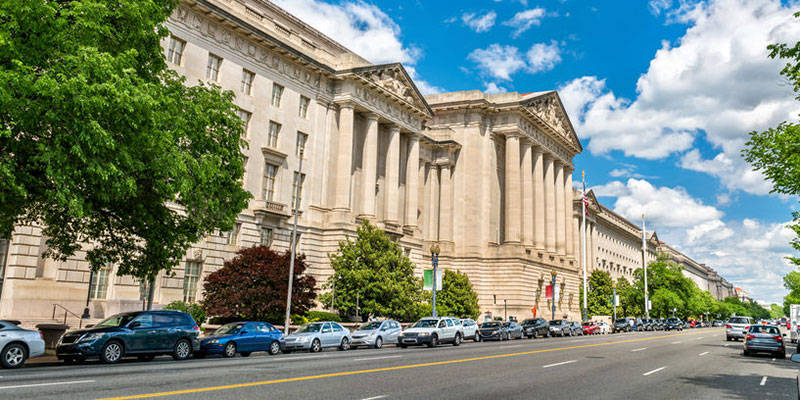The Environmental Protection Agency recently released its action plan to increase water reuse in the U.S.
Plan calls for collaboration and new partnerships among agencies and organizations to ensure a reliable water supply in the U.S.
“It really doesn’t get much cooler than this,” said Assistant Administrator Dave Ross of the United States Environmental Protection Agency’s Office of Water on February 27 as announce the new plan, adding, “This is a really great moment.” A spontaneous round of applause reinforced the sentiment. It had been a hard year of focused effort to marshal many different agencies, organizations, stakeholders, and other entities since the first announcement of the EPA’s National Water Reuse Action Plan (WRAP).
When the idea for the plan was introduced a year ago, it was strikingly ambitious, the first large-scale federal recognition that water reuse is important to integrated water resource management. A draft was issued in September 2019, but the first complete version of the WRAP was finally announced at a gathering of officials from the EPA, Department of Interior, Department of Agriculture, and Council on Environmental Quality, along with many academics and key partners from the water sector.
EPA Administrator Andrew Wheeler said:
[The evolving plan] frames the business case that water reuse is a viable and growing means of supporting our economy and improving the freshwater portfolio of farmers, industry, communities, and ecosystems.
At the event, Wheeler praised Israel’s water reclamation rate of approximately 90% and challenged the U.S., with a rate of only 6%, to improve its numbers.
The plan also draws attention to our dependence on a pure, economical water supply, but says the supply is facing challenges from degraded infrastructure, a burgeoning population, and water stress. The EPA’s prescription is for collaboration and new partnerships among agencies and organizations nationwide to improve the security, sustainability, and resilience of the country’s water supply.
Working Partnerships
The Action Plan enumerates 37 actions that 28 entities will lead with the help of 80 collaborating partners under 11 strategic themes. Two hundred milestones have been set in place to gauge progress.
The WateReuse Association, a trade association dedicated to advancing laws, policy, funding, and public acceptance of recycled water, has been collaborating for the past year with the National Association of Clean Water Agencies (NACWA), the American Water Works Association, the Association of Metropolitan Water Agencies, the Water Environment Federation, and the Water Research Foundation to develop a cohesive contribution from the water sector. While some actions are still under development, the most frequently supported, fully developed actions of the public docket’s 37 are:
- Promotion of State Revolving Fund (SRF) and Water Infrastructure Finance and Innovation Act (WIFIA) funding for water reuse
- Compilation of diverse state policies and approaches
- Production of case studies of successful water reuse in the context of an integrated water resource management framework
- Compilation and development of water reuse outreach and promotional material
- Bringing experts together to address stormwater capture and reuse challenges
- Development of a branding campaign for water reuse on the national level
- Enhancing wastewater source control with local pretreatment programs that support municipal wastewater reuse opportunities
- Nurturing state water reuse collaborations
- Development of educational materials to enable water reuse in Clean Water Act (CWA) National Pollutant Discharge Elimination System (NPDES) permits
- Compilation of existing federal funding sources for water reuse and existing fit-for-purpose specifications
Fluence Water Reuse Technology
The announcement has special importance for Fluence, a global company with 30 years of experience in water reuse. Fluence’s latest contribution to the effort is our best-in-class membrane aerated biofilm reactor (MABR) solutions, including Smart Packaged Aspiral™ plants and SUBRE wastewater treatment plant upgrades.
Fluence’s MABR technology features very high nutrient removal and produces a high-quality effluent that complies with California’s stringent Title 22 standard for agricultural reuse and aquifer recharge, as well as China’s Class 1A standard. Contact Fluence for help in developing your own water reuse action plan.

